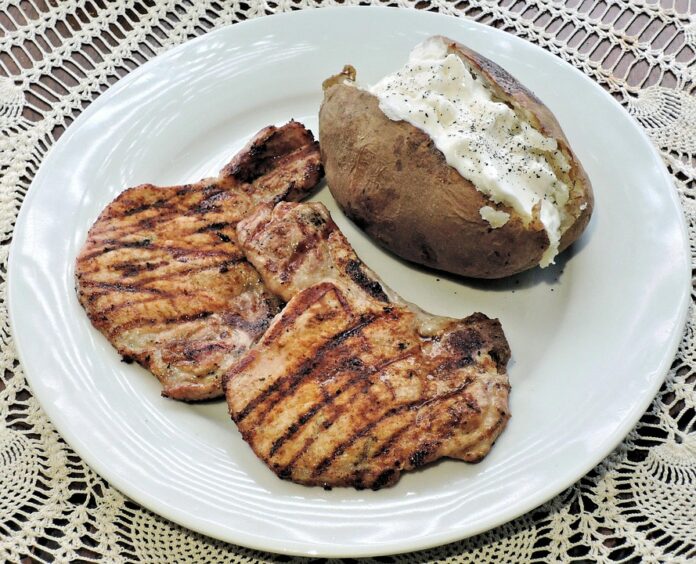Sour Cream Versus Crème Fraîche and Yogurt Explained
In the world of dairy products, sour cream, crème fraîche, and yogurt are often used interchangeably due to their similar appearances and textures. However, each of these products has distinct differences in terms of taste, texture, and uses. In this report, we will delve into the differences between sour cream, crème fraîche, and yogurt, exploring their unique characteristics and applications.
Sour Cream
Sour cream is a dairy product made by fermenting cream with lactic acid bacteria. It has a tangy flavor and a creamy texture, making it a popular ingredient in many recipes. Sour cream is commonly used as a topping for dishes like baked potatoes, nachos, and tacos. It can also be used in baking to add moisture and richness to cakes, muffins, and scones.
In terms of nutritional content, sour cream is rich in fats and calories, making it a high-calorie food. It is also a good source of calcium and protein. However, due to its high-fat content, sour cream may not be suitable for individuals watching their fat intake or following a low-fat diet.
Crème Fraîche
Crème fraîche is a French dairy product similar to sour cream but with a higher fat content. It is made by fermenting cream with bacterial cultures, resulting in a thick, creamy product with a slightly tangy flavor. Crème fraîche is often used in cooking and baking due to its high-fat content and stable texture. It can be used as a topping for desserts, added to sauces and soups for richness, or used in baking to create moist and tender cakes.
From a nutritional standpoint, crème fraîche is higher in fat and calories compared to sour cream. It is also a good source of calcium and protein, similar to sour cream. Due to its rich and creamy texture, crème fraîche adds a luxurious touch to dishes and is often used in gourmet cooking.
Yogurt
Yogurt is a fermented dairy product made by adding bacterial cultures to milk. It has a tangy flavor and a thick, creamy texture, similar to sour cream and crème fraîche. However, yogurt is lower in fat and calories compared to sour cream and crème fraîche, making it a healthier alternative for those looking to reduce their fat intake.
Yogurt is a versatile ingredient that can be used in a variety of dishes, including smoothies, parfaits, dips, and marinades. It is also a popular breakfast option when topped with fruits, nuts, and granola. In terms of nutrition, yogurt is rich in probiotics, which are beneficial bacteria that promote gut health. It is also a good source of calcium and protein, making it a nutritious addition to a balanced diet.
Differences and Uses
While sour cream, crème fraîche, and yogurt share similar characteristics, they each have distinct differences in terms of fat content, flavor, and uses. Sour cream is tangy and creamy, with a higher fat content, making it ideal for toppings and baking. Crème fraîche is richer and creamier than sour cream, with a higher fat content, making it suitable for cooking and baking. Yogurt, on the other hand, is lower in fat and calories, with a tangy flavor and a creamy texture, making it a nutritious option for various dishes.
In conclusion, sour cream, crème fraîche, and yogurt are all delicious dairy products that can enhance the flavor and texture of dishes. Each of these products has its own unique characteristics and uses, making them versatile ingredients in the kitchen. Whether you prefer the tangy richness of sour cream, the luxurious creaminess of crème fraîche, or the lightness of yogurt, there is a dairy product to suit every taste and dietary preference.



